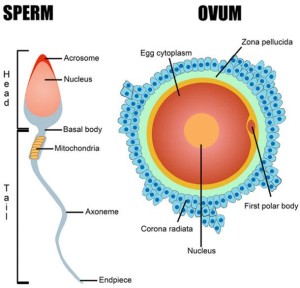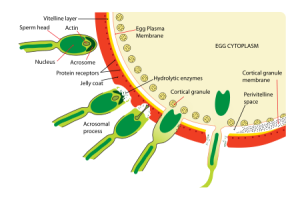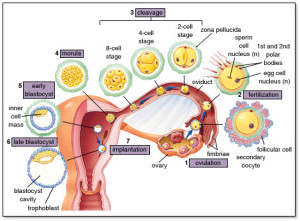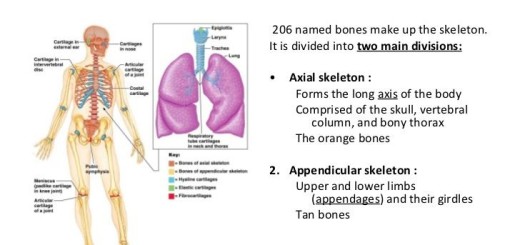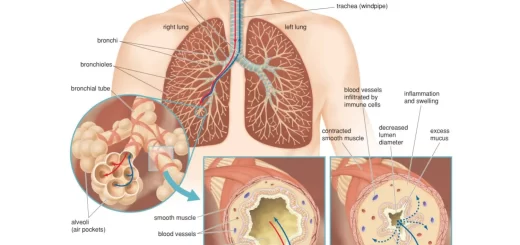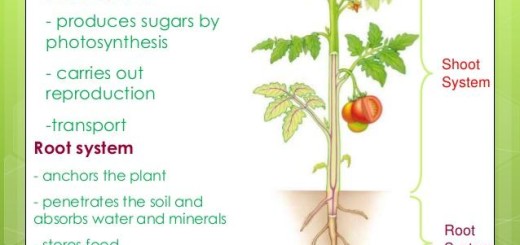How does the fertilization process take place in the human?
The fertilization process in the human
The fertilization is the fusion of the nucleus of male gamete (the sperm) with the nucleus of the female gamete (the ovum) to form the zygote (the fertilized egg), The body of living organism consists of cells, each cell contains a nucleus that contains the genetic materials (the chromosomes) of the species.
The chromosomes (genetic material) carry the gens which responsible for the hereditary traits of the organism (the species), The ovum and the sperm differ from any other cell in the number of chromosomes in the nucleus, where the nucleus of the ovum and the sperm contains only half the number of chromosomes (the genetic material).
In the human, the nucleus of the body cell contains 46 chromosomes, while the nucleus of a sperm or an ovum contains 23 chromosomes.
How does the fertilization process take place in the human?
During the mating, the male secretes billions of the sperms which move from the vagina towards the uterus then to the fallopian tubes.
The female produces only one ovum in the fourteenth day of the beginning of the menstrual cycle, and the sperms rush towards the ovum at the beginning of the fallopian tubes.
The head of the sperm secretes the enzymes which dissolve the cellular membrane of ovum and facilitates its penetration inside the ovum, After the penetration of the sperm, the ovum surrounds itself with a membrane that prevents the penetration of any other sperm.
The nucleus of the sperm (which contains 23 chromosomes) fuses with the nucleus of the ovum (which contains 23 chromosomes) to form the zygote (the fertilized ovum) that contains a nucleus with 23 pairs of chromosomes (46 chromosomes).
The zygote transfers to the uterus to be implanted in its lining, and it divides many successive divisions into many cells that differentiate and continue to grow forming the embryo (the fetus), The period between the fertilization and the delivery is known as the pregnancy period which extends about 9 months.
The newborn baby will carry the genetic traits of his parents as his cells contain 23 chromosomes coming from his mother ( the ovum ) and 23 chromosomes coming from his father ( the sperm ) .
In case of failure of fertilization, the endometrium falls down and the blood capillaries detach causing the blood to flow out of the vagina for 4 to 5 days in a process known as menstruation.
Productive organs, Germ cells, Fertilization, Stages of cleavage, Implantation & Decidua
Placenta importance in fetal development and the most common placental problems
Reproduction, Types of sexual reproduction (Conjugation, Reproduction by sexual gametes)
Structure of Female genital system & ovum, Oogenesis stages & Menstrual cycle
Fertilization process, Pregnancy and the stages of embryonic development

